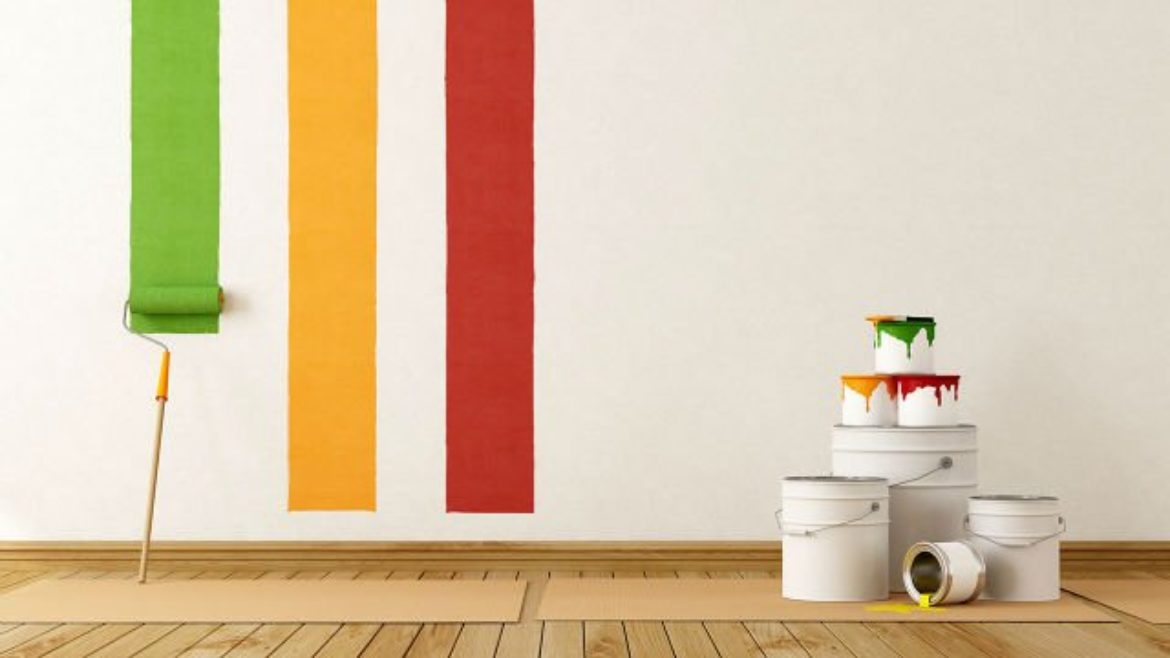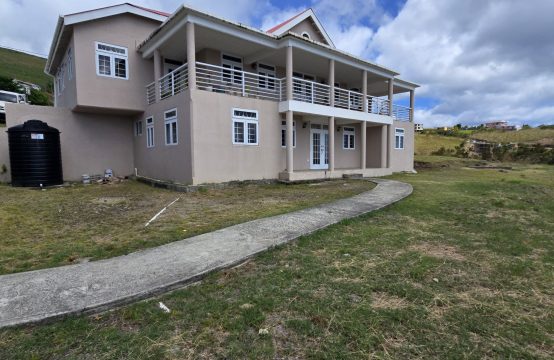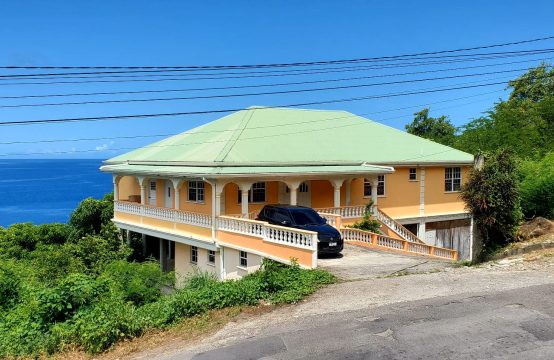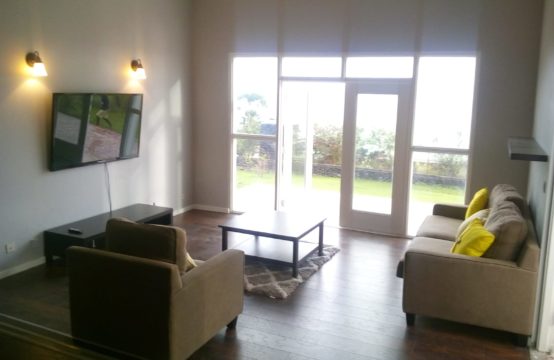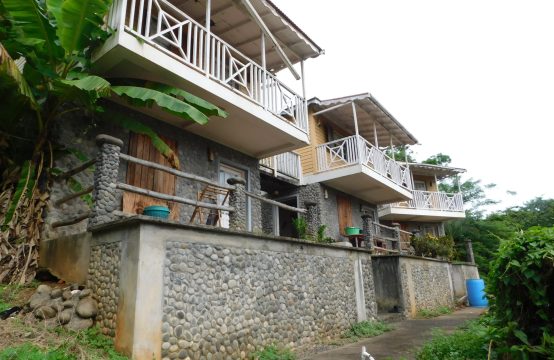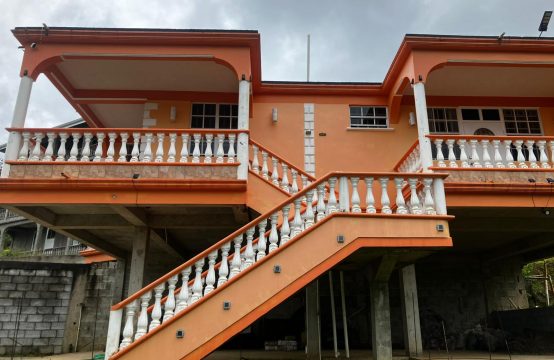It’s that time again; you’ve recently applied a fresh coat of paint to your walls and it is already starting to fade. Having to move furniture and appliances as well as getting photos and paintings off the walls over and over again can be frustrating and not to mention a financial burden. Today we offer you a few tips on making paint last longer.
- Ensure that your home is properly ventilated. Moisture enters the home in liquid form and exits as vapor, thus lifting the paint on the outside walls. Allow constant fresh air to both enter and leave your home by having windows and door opened as much as possible, and ensure that the home is well designed to accommodate maximum ventilation.
- Clean the walls before applying paint. Paint is able to stick over dirt, cobwebs, and other contaminants on the wall. Before painting use water and bleach if necessary to remove them. If bleach or any other chemical substance is used gently and thoroughly rinse to remove residue which can loosen the paint.
- Apply the right thickness of paint. If the coat of paint is too thin the paint will be weak and easily fade, and if it is too thick it will crack. The right thickness of paint is approximately 0.004 – 0.005 inches, or the thickness of a single sheet of copy paper.
- Ensure that you do not apply paint in direct sunlight or while experiencing high winds. The sun and wind makes the water and petroleum solvents in the paint evaporate too quickly. It also slows down the paint from flowing and leveling out the way it should, as well as weakening the bond between the particles.
- If there are a lot of plants (trees, shrubs, flowers) near the walls of your home you either need to constantly trim them or cut them off completely. Plants create moisture which will cause the paint to fade quicker than it should.
- Use the right type of paint. Natural paint which has no harmful chemicals is capable of lasting up to 50 years if 3 coats are added. While oil paint is more resistant against dirt and has a level of hardness.

